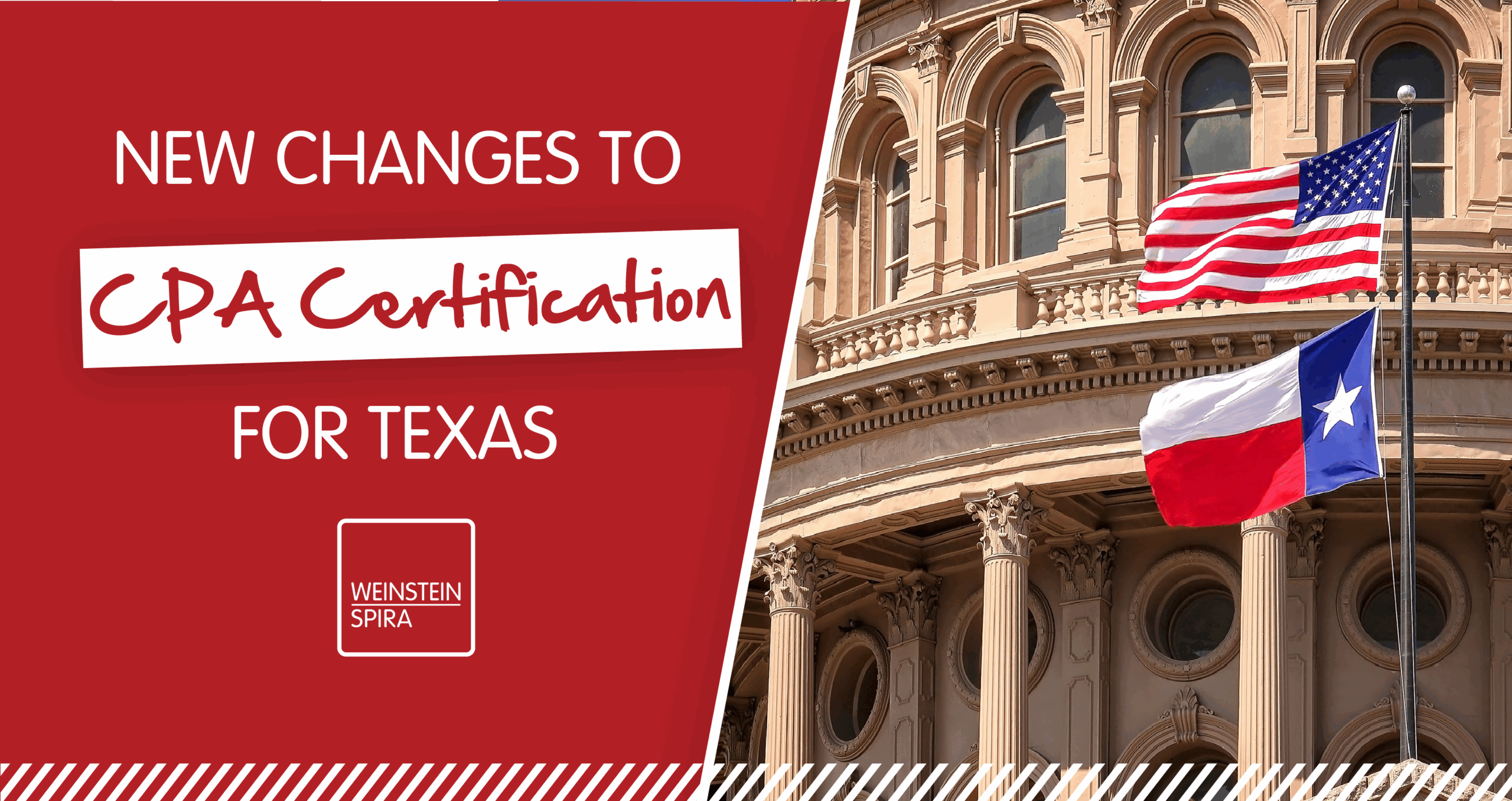Did you know? The American Institute of Certified Public Accountants (AICPA) issued several new auditing standards a few years ago, which are effective for the December 31, 2021 audits. Many of the standards affect what auditors do and how we document our work, so you might notice a few differences in our audit requests. You can also expect communication during the planning phase of the audit about significant risks identified by the auditor. However, the one difference that will stand out the most is a major revision to the Audit Report, itself. This change is a result of the Statement on Auditing Standards (SAS) 134.
The reasons for a revised audit report.
The primary reason for the SAS 134 changes is convergence with International Standards on Auditing (and the PCAOB – Public Company Accounting Oversight Board, too). The secondary reason is based on feedback that the AICPA received from users of financial statements, requesting more clarity and transparency in an audit report. In a nutshell, they suggested the report be more tailored to a specific audit, rather than all the opinions being derived from the same template and all sounding the same.
What changed?
The most notable change in the new audit report is that the sequential order of paragraphs is different. Before this change, the opinion was toward the end of the report, often on the second page just before the signature. Now, it is the second item, toward the top, for more prominence and clarity. Abbreviated, the report now says, “We have audited the financial statements of the Company” and is followed immediately by, “In our opinion, the financial statements present fairly” (or whatever the auditor’s opinion is).
Let’s be honest … audit reports are NOT exciting reads. The AICPA recognized that and pulled the relevant information to the beginning. Most people will agree, this is a good change.
The next section of the new report is the “Basis for Opinion.” It makes sense since the goal is clarity and, therefore, the more relevant information has been moved to the beginning. This section summarizes the standards under which the audit was performed and makes declarations of independence and adherence to ethical standards.
If applicable, any “Emphasis of Matter” paragraphs, such as “The Company has significant related party transactions,” would immediately follow the Basis for Opinion. The same is true for qualifications, such as “The Company does not defer deposits as required by GAAP.”
The “Responsibilities of Management for the Financial Statements” and the “Auditor’s Responsibilities for the Audit of the Financial Statements” come next, mirroring a lot of the same language that is included in an audit engagement letter. Both sections were in the previous audit report, but they are now more expanded and communicated at the end.
Management’s responsibilities now also include the required assessment of going concern, which has historically been considered a “red flag” term to financial statement users when referenced in the audit report. For those that may not be familiar, the term “going concern” relates to a company’s ability to maintain solvency, typically for a year from the date of the audit report.
The Auditor’s Responsibilities section takes up almost the entire second page. Typically, these responsibilities include a bulleted list of things, including:
- Exercise professional judgment and skepticism throughout the audit
- Identify and assess the risks of material misstatement of the financial statements and design and perform audit procedures to respond to those risks
- Obtain an understanding of internal controls relevant to the audit (but still not for the purpose of expressing an opinion on its effectiveness)
- Evaluate accounting policies used and reasonableness of significant accounting estimates
- Conclude, in the auditor’s judgment, whether there are conditions or events that raise substantial doubt about a company’s ability to continue as a going concern
There is another comment about going concern!? Yes, it is now mentioned twice in the audit report, under both the management and auditor responsibilities sections. If there are concerns by either management or the auditor regarding a company’s solvency, these sections would be modified accordingly.
The opinion finally concludes with the audit firm’s signature, just like in the last one. But wait, there is more!
What is a KAM, anyway?
One of the BIGGEST changes to the Audit opinion is – shockingly – optional for private companies being audited. A few years ago, the PCAOB issued new requirements for audit reports of publicly traded companies that included “critical audit matters,” or CAMs. Following suit, SAS 134 includes “key audit matters,” or KAMs.
See what they did there? CAM vs. KAM … Yes, they are very similar, almost identical. We accountants are not known for our creativity. Thank goodness one of us wasn’t hired to name comic book villains, or else the Joker would have been “Clown Man” and Thanos would have been “Giant Purple Guy.” We probably would still have named Superman and Spiderman. I mean, those are really on the nose, right?
KAMs are those significant matters addressed in the audit and whose identification in the audit report provides more transparency regarding the audit. Significance, in this case, is not just the dollar value, but also the judgment required, the complexity of the transactions and impact on the audit overall, among other factors.
The AICPA was not specific about how many KAMs to include in the opinion. Most public companies’ annual reports I’ve seen have included two or three CAMs, so perhaps that’s a fair rule of thumb for KAMs, as well. Regardless of the number, they land right after the Basis for the Audit Opinion section.
As they are optional, the inclusion of KAMs in the report should be a discussion between the audit engagement team and those engaging them, usually the audit committee, management or the owner. If KAMs are to be included, they should be specifically included in the scope of the audit and stated in the engagement letter.
Do you need audit assistance? Contact our Houston audit team!
In summary, the AICPA issued SAS 134. It changed the audit report, namely the order of sections within the report and added information. The standard allows for an optional “key audit matters” section in the report.
There you have it. All explained. That wasn’t too bad, was it?
Have more questions about audit reports or key audit matters? Contact us to discuss your audit concerns.



